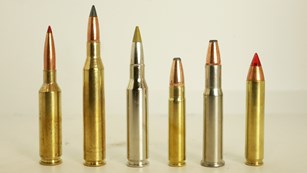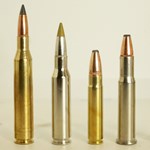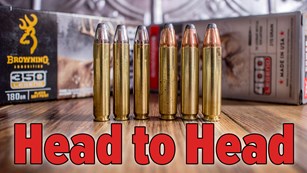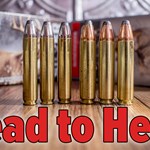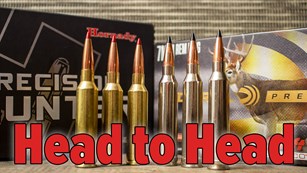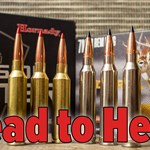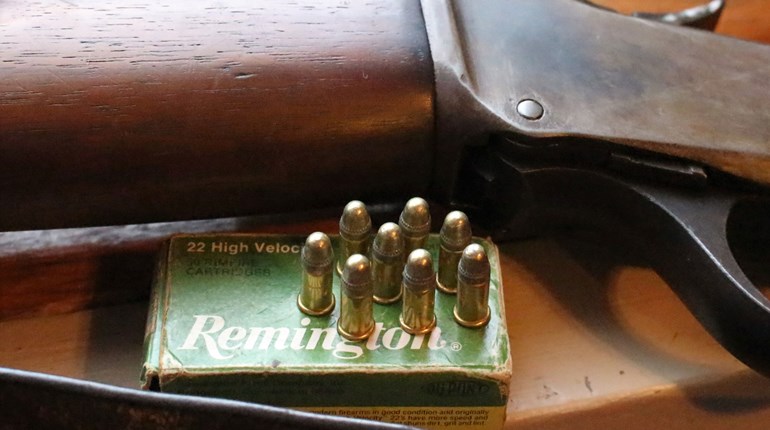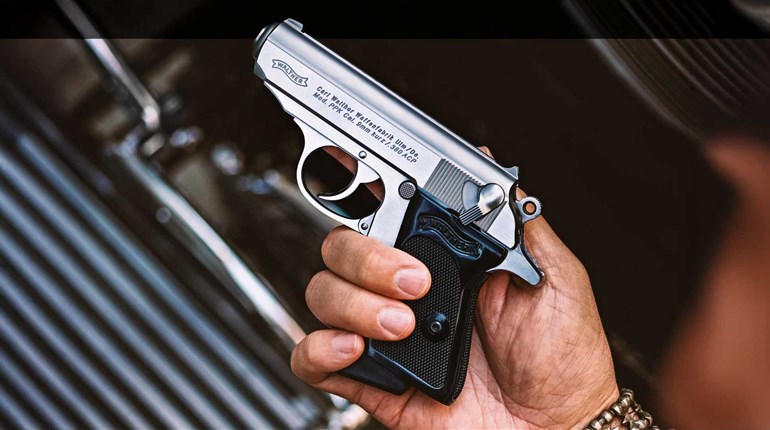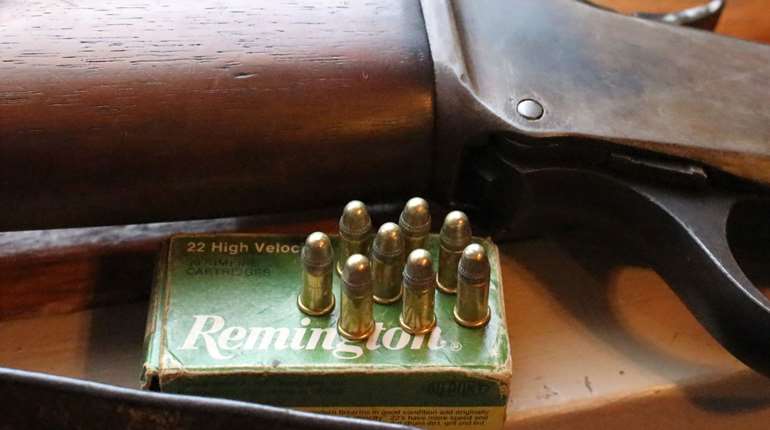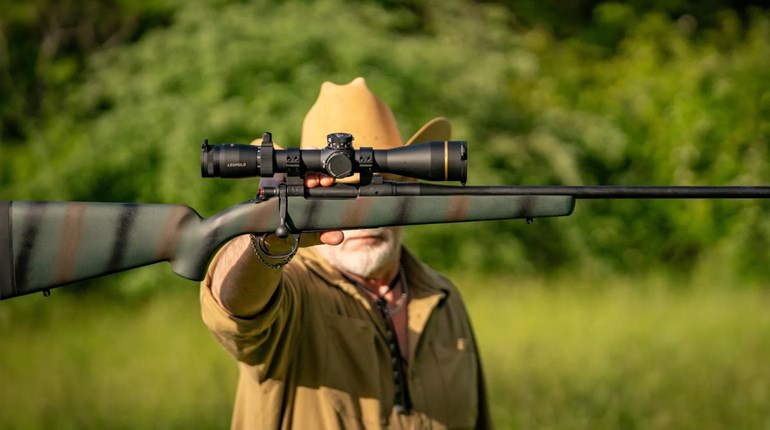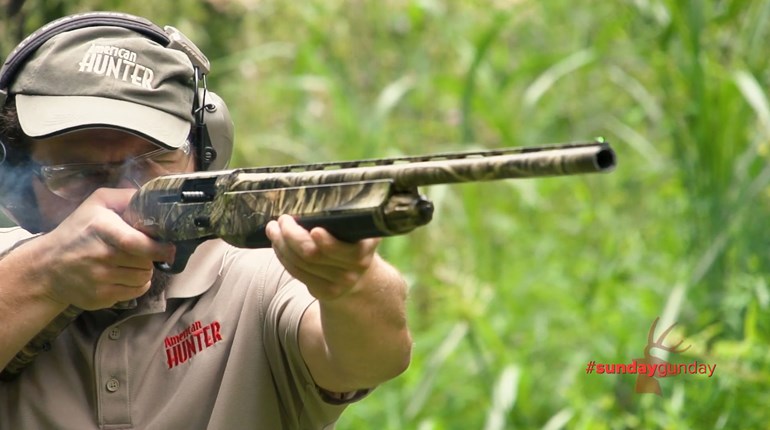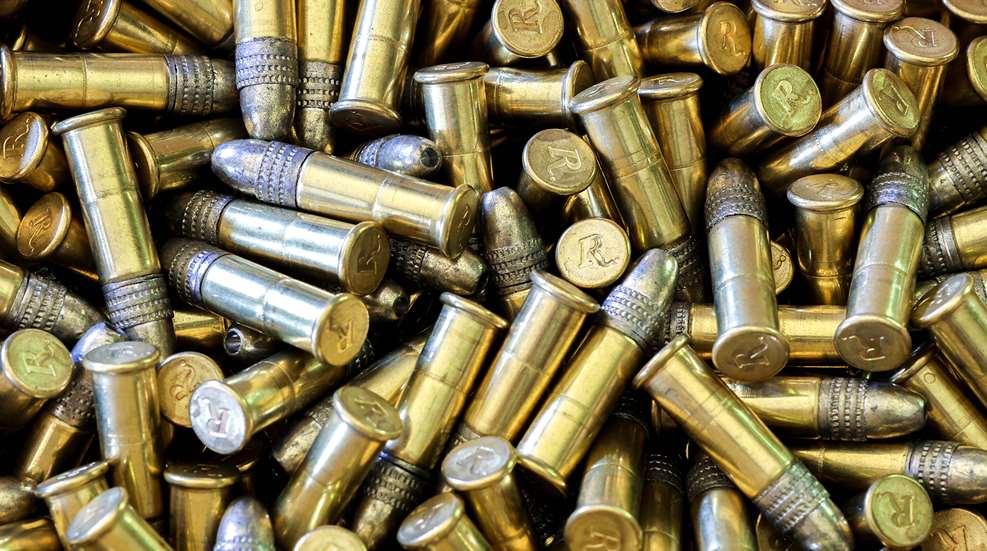
My first rifle, the one that set the hook firmly in my lip, was a Christmas gift from my father in 1985. That Ruger Model 77/22 is built like a scaled down big-game rifle, and has not only been a wonderful small-game rifle, but has been an invaluable training tool for many different big game hunts and safaris. Early on, I shot nearly any ammunition I could get my young hands on, figuring any differences in accuracy was a result of my technique, but that wasn't entirely the case. Simply put, my rifle likes certain brands and product lines more than others.
In that era, the most common rimfire ammo in the gun shops in my neck of the woods was from Winchester, Remington and CCI; my father was a CCI Stinger devotee, but they were expensive at the time. I used to peruse the free Remington catalogs, nearly drooling over the gloss finish of the 700 BDL rifles, so I opted for Remington rimfire ammo. It just so happened that almost forty years ago, I found a load that is among the best—in this rifle—I’ve ever used: affordable, simple Remington 22 Thunderbolt. Using a 40-grain round-nosed lead bullet at a muzzle velocity of 1255 fps, it has accounted for so many squirrels (both red and gray), rabbits, garden-raiding woodchucks, rogue skunks, chicken-eating foxes and enough paper to print War & Peace. This load remains a staple in my .22 LR lineup, and of late has seemed to be more consistent than ever.

The Remington company of my youth is not the same that we have today; the ammunition division and the firearms division having been split after the breakup of the Freedom Group, and the ammo side being sold to Vista Outdoor, then transferred to The Kinetic Group, a part of CSG. Located in Lonoke, Ark., all the Remington ammunition is made right here in the USA, in the same plant since 1970. And while many of the classics in the .22 LR lineup are still available—as you’ll see shortly—Remington has been busy, both improving their older designs as well releasing some new, interesting .22 LR product lines. I’d like to share a few of my favorites, which have worked well in my rimfire rifles.

Cyclone
Using a 36-grain lead hollowpoint bullet, at a beefy muzzle velocity of 1280 fps, Cyclone is a wonderful choice as a dual-purpose target/hunting round. The hollowpoint design certainly aids in expansion, being a bit more effective on larger animals like raccoons, foxes and even coyotes. Though the projectiles are waxed, the Cyclone stuff wasn't always the cleanest ammo, especially in the autoloaders, though it seems since the sale to Vista, it has been running a bit cleaner. Depending on the rifle/pistol, I have seen Cyclone deliver excellent accuracy, with more than one friend swearing by this stuff, especially for those treetop squirrels early in the season. It’s been around for as long as I can remember, and I don’t see it going anywhere soon. Street price runs $6.99 for a 50-count box.

Ranch Hand
One of the new developments, Ranch Hand is touted by Remington as “the best best rimfire ammunition we’ve ever made.” There are two variants of Ranch Hand ammo, both copper plated; the 38-grain version is a hollowpoint design running at a zesty 1340 fps, and the 40-grain version is a round-nose, at 1255 fps. As much as I like the simplicity of the waxed lead projectiles in a .22 LR, the copper-plated stuff doesn’t foul a barrel nearly as much as their lead counterparts. As far as the “best” goes, I cannot attest to that, but I’ll say that the targets indicate it’s pretty darned good, at least out of my guns. It feeds well in revolvers, autoloaders and bolt guns alike. It is $12.99 for a 100-count box.

Golden Bullet
The Golden Bullet ammo line has been around since my father’s youth, and remains an excellent rimfire load. Using a brass-plated projectile, this line also has two options—a 36-grain hollow-point, and a 40-grain round nose, both at 1280 fps. Remington indicates that the round nose is designed for target work, and the hollowpoint for hunting, though I can happily report that either makes a fine hunting choice. The Golden Bullet stuff seems to work very well in my father’s early-70s Ruger Single Six, giving just about the best accuracy I've seen out of that old wheelgun. Golden Bullet is available in boxes of 50, 100, 225, 525 and the massive bucket of 1,400 rounds.

Subsonic
Quiet is all the range, and my ringing ears don’t object to the idea. Though my state frowns upon the idea of owning a suppressor (and sometimes having fun at all), I do appreciate the use of subsonic cartridges, especially when in populated areas where the report of a rifle—though fired in a safe direction—might cause an issue. Remington’s Subsonic line sees a 40-grain copper plated bullet at a muzzle velocity of 1050 fps—though my Ruger 10/22 International registers an average of 1020 fps—which is enough to remain subsonic while still having enough oomph to cycle the action. If you need to be quiet, Subsonic is a smart choice, and though it would be perfect in conjunction with a suppressor, it does reduce a significant amount of report without one. Available in boxes of 50, 100 or 225, with the 50-round box costing $7.99.

22 Target
Remington has re-worked their 22 Target, utilizing a new primer mix to obtain more uniform velocities and better accuracy, while reducing chamber pressures. While I cannot attest to the latter, I can affirm that the extreme spread on this ammo is lowest out of all the Remington .22 LR ammo I’ve tested, and it was plenty accurate in all three rifles I used for accuracy testing. Using a 40-grain round nosed lead bullet at 1150 fps, 22 Target is perfect for honing marksmanship skills. A box of 100 rounds will set you back $16.99.

22 Viper and 22 Yellow Jacket
I was always impressed with the advertising for these when I was young, with that snake with the tongue extended, and the yellow jacket poised on a rimfire cartridge. These cartridges are still in production, and both still use that plated, truncated cone design. The name of the game here is speed; 22 Yellow Jacket uses a 33-grain truncated cone hollow-point bullet at 1500 fps, while 22 Viper sees a 36-grain variant of that bullet, without the hollowpoint, cruising at 1410 fps.

Both are good for varmints, distant squirrels, and furbearers, as the plating will help mitigate expansion. Both are available in 50-, 100-, and 225-count boxes, with the 50-count box bearing a price tag of $6.99.
If you’ve noticed that there is a bit of overlap within the lineup, I wouldn’t disagree with you. But I will say that those little differences between two product lines, for example 22 Thunderbolt and Cyclone, might make all the difference in the world regarding accuracy from your rifle or handgun. I’d recommend grabbing at least a box of each variety you’re interested in, to take to the range and see which your chosen firearm prefers. Odds are, Remington has a model that will suit your particular needs. Keep up the good work guys; I’m still shooting Big Green.




